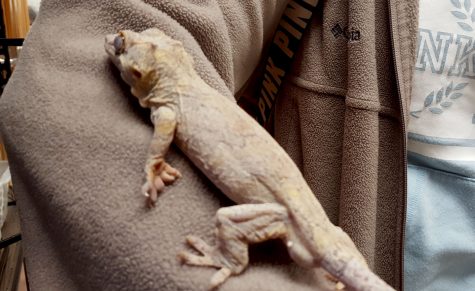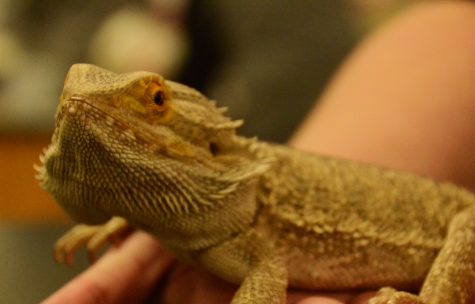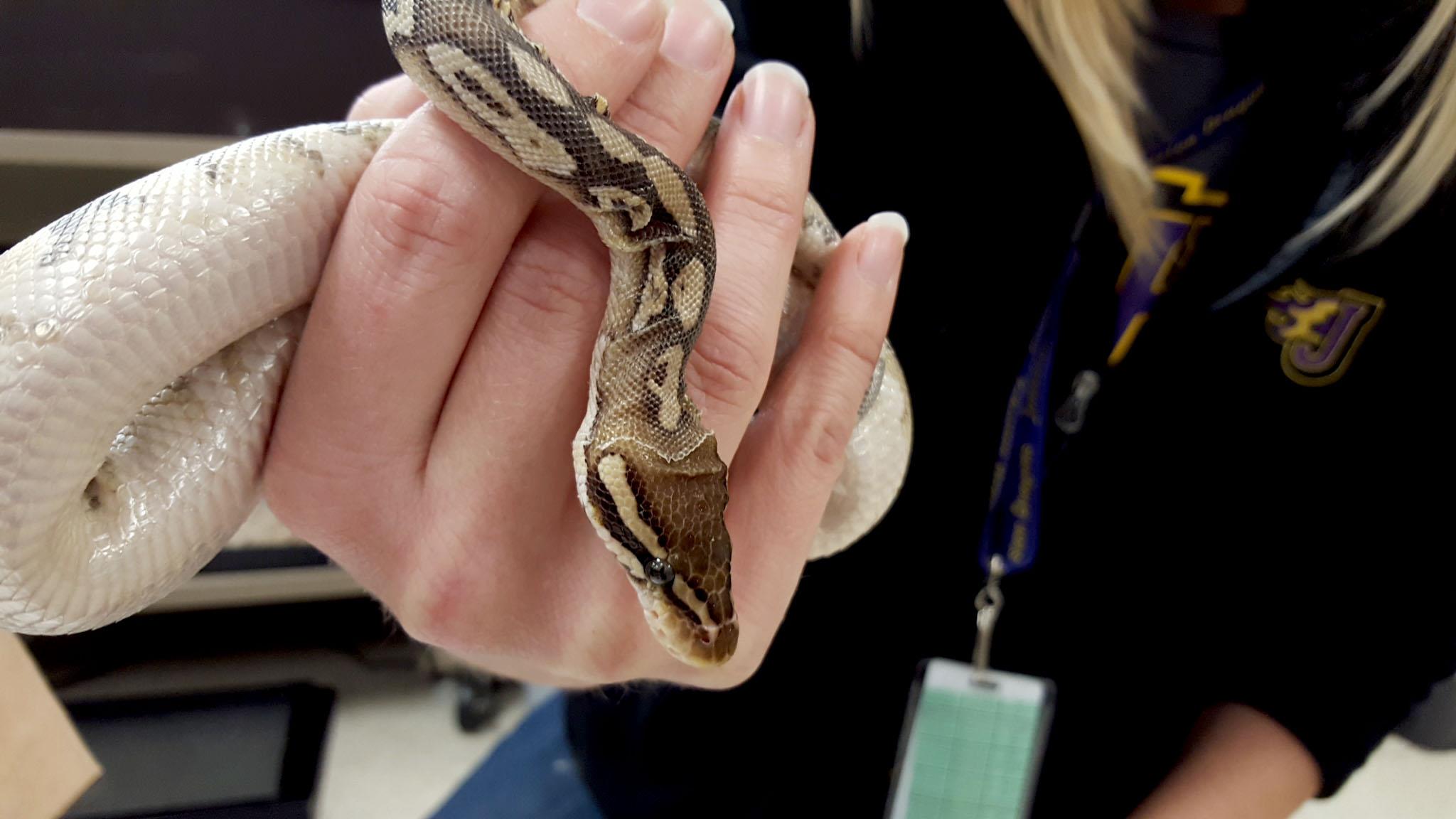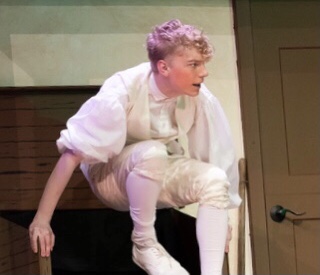Science teacher Kyla Burns’ classroom is filled with nearly every type of animal in the world. Lizards, geckos, guinea pigs, turtles and many more surround the lab tables and student work spaces. Burns teaches Zoology and AP Environmental Science, where animals are used by students for both classes. The animals are primarily used in Zoology to help students survey the diversity of animal life and learn about the structure of animal systems as well as the life cycles of the organisms.
Having a wide variety of different animals in class gives students an in-depth look at organisms that many are not familiar with. Burns gets at least one new animal for her classroom every year. “(I choose) ones that are nice and can be handled safely by students,” Burns said. “Ones that serve a purpose in the room or I do not have already.”
This school year, Burns has two new animals: a gargoyle gecko named Apollo and a ball python named Buzz. “People donate most of my animals,” she said. “I did buy Apollo because I needed another gecko and I like geckos.”
The python was a different story. “I bought [the python] from a reptile sale,” Burns said. “Twice a year the Iowa Herpetological society hosts an event where reptile and insect breeders meet together and sell their animals.” Burns bought the python because her previous python, Monty, died and she wanted another one to be able to mate and reproduce to have more pythons for the class.
Zoology uses the animals for research and presentations, but they also provide students with a stress free outlet during the school day. “I use animals in class to learn about the types of animals and their features,” Burns said. “We research and learn how to present them to second grade classes in the district, and I think having students interact with others is good for them to learn to be compassionate, and it is good for their mental health.”
College campuses have also used this technique for stressed out students during major testing weeks. 75% of lifetime mental disorders begin around the typical college age range of 18-24. Emotional Support Animals (ESAs) are used as mental health coping techniques on various college campuses around the United States, and are proven to help with stress-induced anxiety disorders.

Kenna Acheson ’17 watches Apollo the gecko as he climbs up her arm. Apollo is one of the two new animals used in Burns’ science classes.
Grant Tetmeyer ’18 was a Zoology student his sophomore year, which helped him connect with animals he was unfamiliar with. “I actually had a slight fear of snakes when I started sophomore year,” Tetmeyer said. “I liked them but they still kind of freaked me out. It was after I got acquainted with her snakes, Monty and Peaches, that I was able to get over my fear.”
Tetmeyer enjoys spending time with the various animals in Burns’ room, but the class has helped him become closer with the snakes. “I love snakes now, and I have found that they are actually really nice and gentle,” he said.
This year, effective second semester, the policy on school animals has changed. “Students need to take a letter home to their parents saying there are animals in the room,” Burns said. “In a required class, students can say they do not want the animal in the room and it must be removed.”
This rule doesn’t apply to Zoology since that class is a science elective, meaning it is not required. The new policy is meant to provide guidelines on classroom animals that didn’t exist previously. “The intent of the policy is to make sure we have parameters about bringing animals into school,” Woods said. “There’s obviously safety concerns, like do you get bit, will it spread disease?”
Schools across the United States have animal policies similar to this one just to establish safety parameters, so students do not bring in their pets from home. “A lot of our policies are recommended by the state association called IASB,” Woods said. “That way it’s not just, ‘Hey I’m bringing my pet,’ which could be dangerous, versus the animal being there for an [educational] reason.”

Gumby the bearded dragon surveys the room during science class. Students use some of these animals for presentations to elementary students
The additions of a greenhouse and pond at the new high school are intended to help advance those experiences with the plants and animals involved in science programs. Another crucial part to having animals in science classes is the benefit of hands-on learning. “It allows (students) to see specific examples of the animal types we are studying in class,” Burns said. “This helps with learning how to research and share information with second graders.”
Most science classes around the country face a lot of controversy and negativity over having students handle a wide variety of exotic or possibly endangered animals. However, Burns has never had to deal with any of this negativity. “I think because students know about it coming into the course and it is an expectation with the course, then everyone is ok with it,” Burns said. “I have had a hamster bite a second grader though.”














